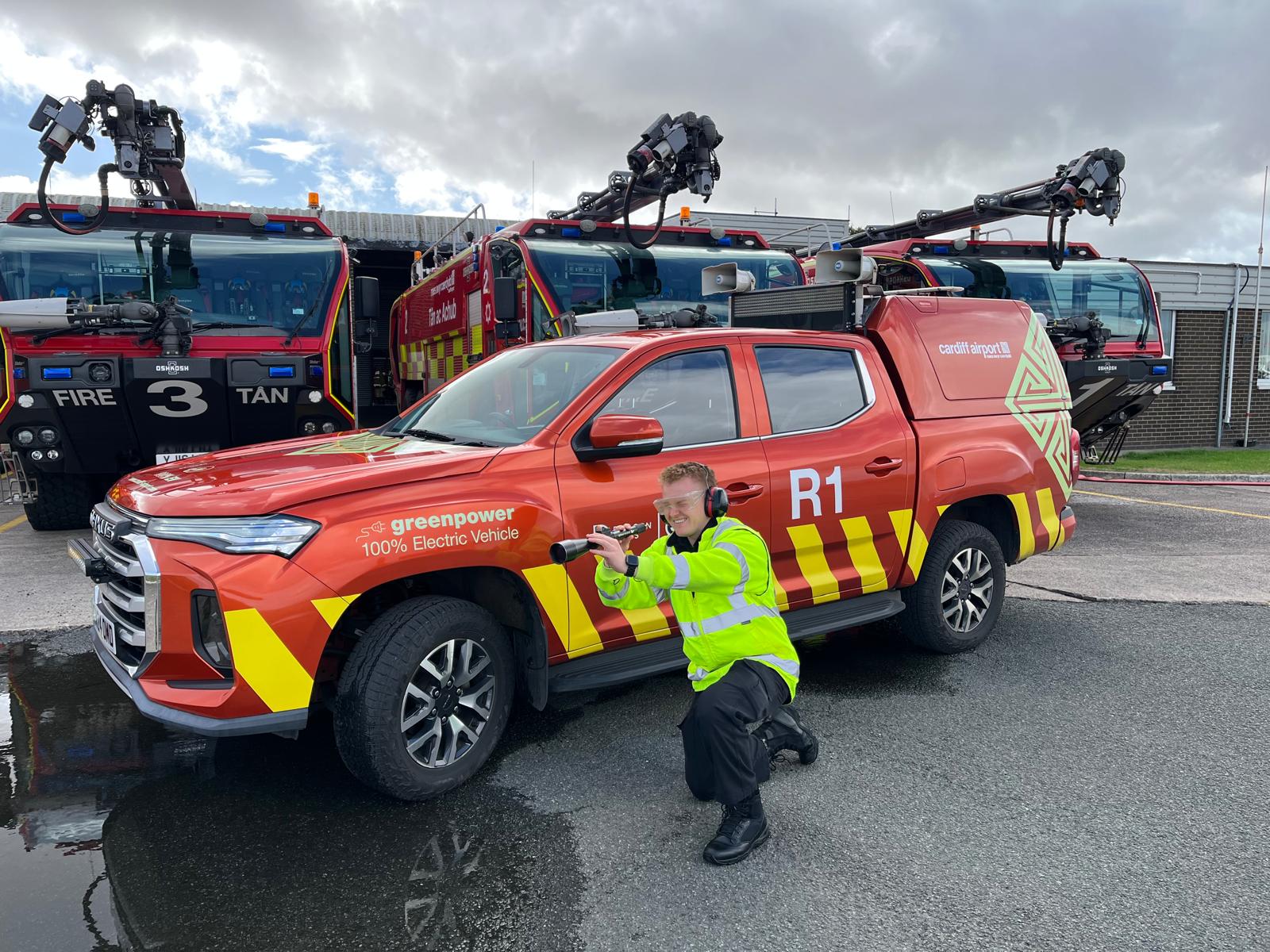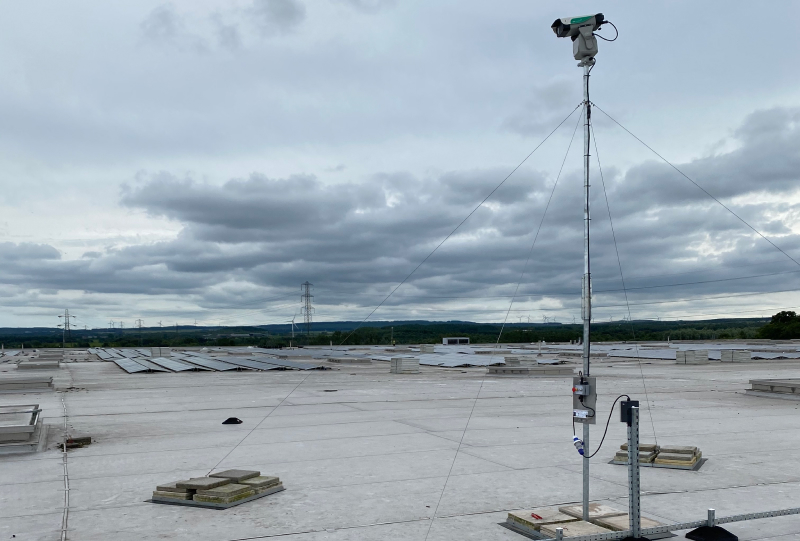Modern buildings such as warehouses, factories, and supermarkets are often plagued by pigeons and seagulls that nest or roost in gaps and open areas.
In cities, pigeons frequently seek shelter under solar panels. This issue is addressed by fitting fine steel mesh around the panels to block access without affecting performance.
Bird mesh is also used on commercial buildings to seal gaps behind signs, around flashing, and on open pipes. It is particularly valuable around HVAC units and rooftop equipment,
Industrial settings like food processing facilities and warehouses benefit from bird mesh due to its long term effectiveness and low maintenance. Unlike repellents or noise deterrents, mesh offers constant protection.
Why prevention is crucial to commercial bird control

Fire Hazards

Leakage

Unsafe work conditions

Transmitted diseases

Damage to buildings
Using the appropriate mesh size helps block access to machinery, ventilation ducts, loading bays, rooftops, and other sensitive areas.
Gaps at joints, corners, and access points like doors must be sealed securely, and the wire should be of high strength and corrosion resistant to withstand industrial conditions and weather exposure.
Effortless bird control
Our Happy Customers
Thousands of customers from different sectors worldwide rely on our bird control services to solve their bird problems.
Aviary Mesh FAQs
Get a Quote
To provide you with the local support that you need, we rely on a network of trusted partners around the world. Please fill out the form below to begin.



